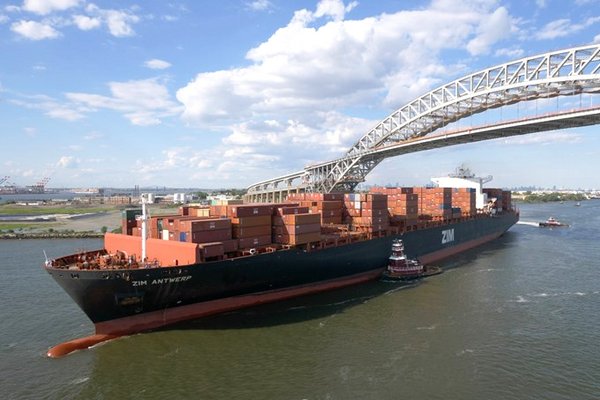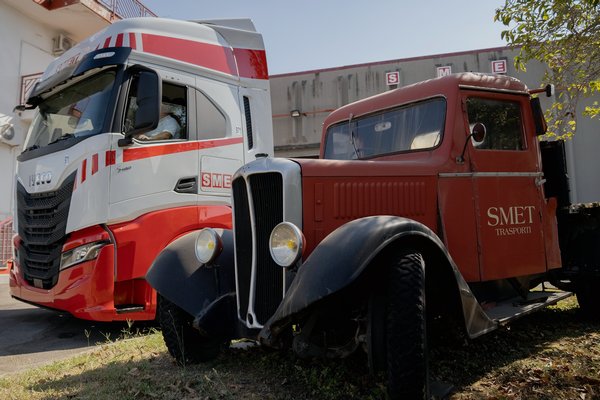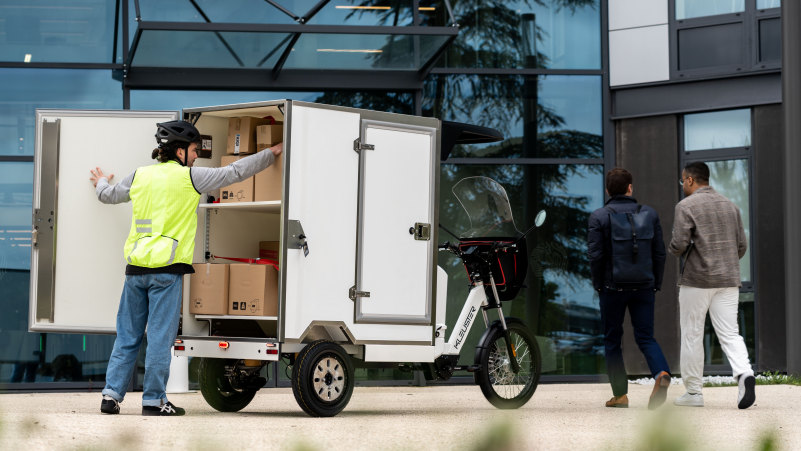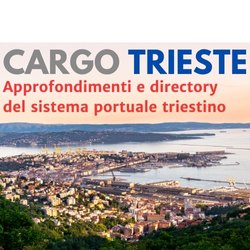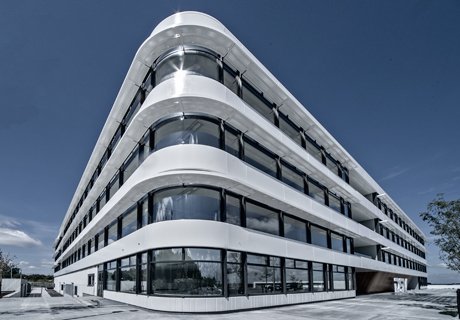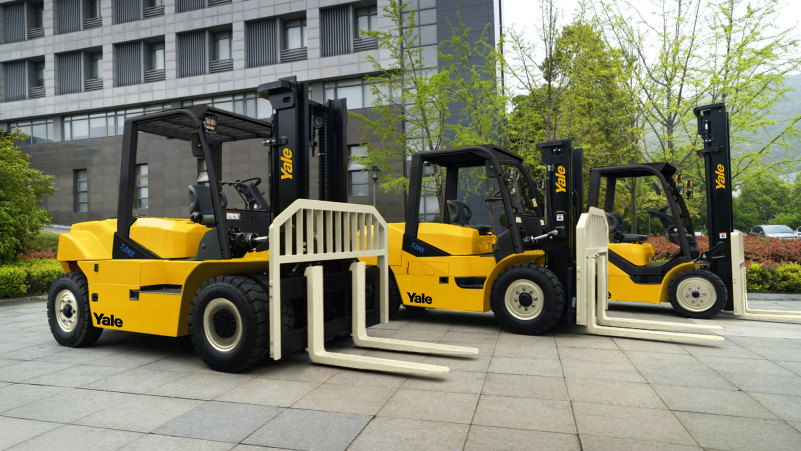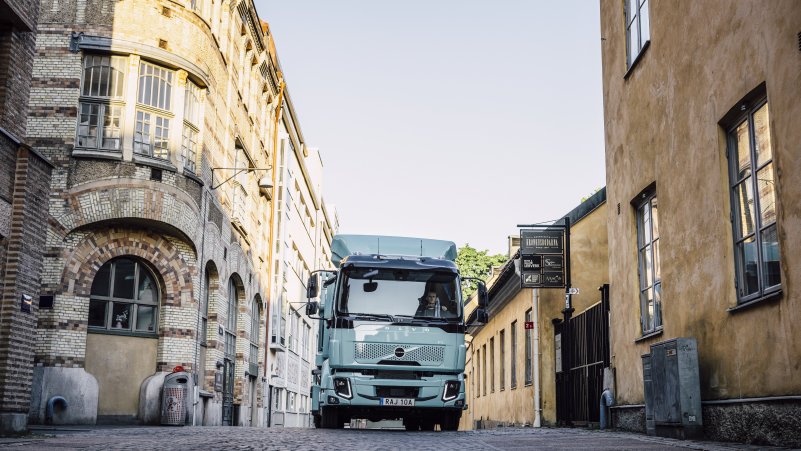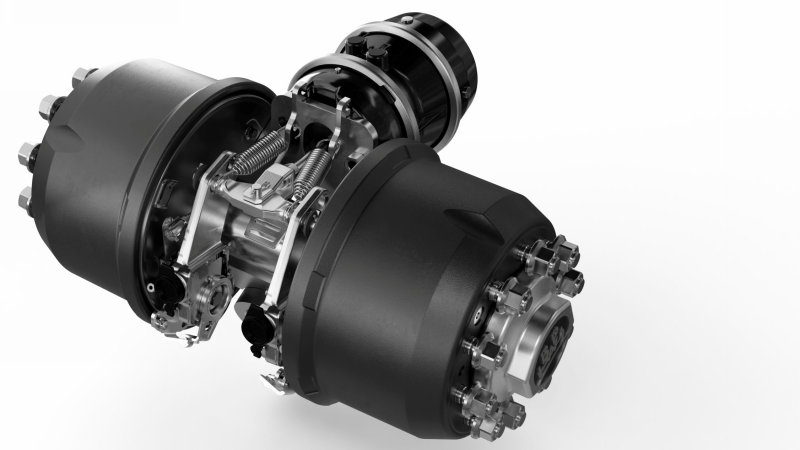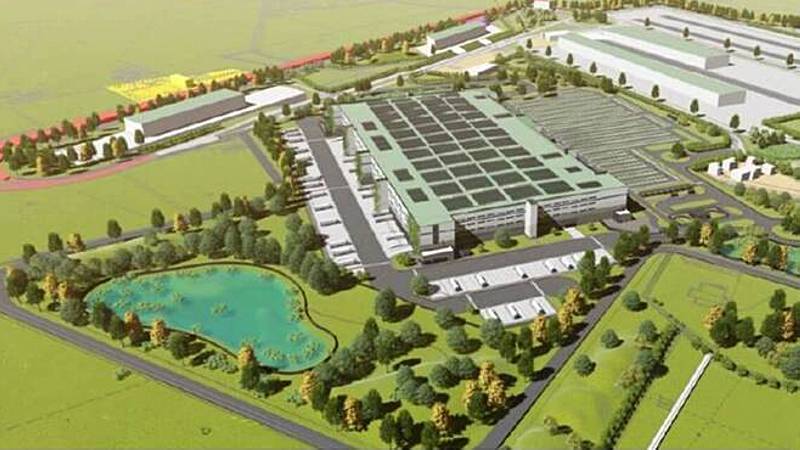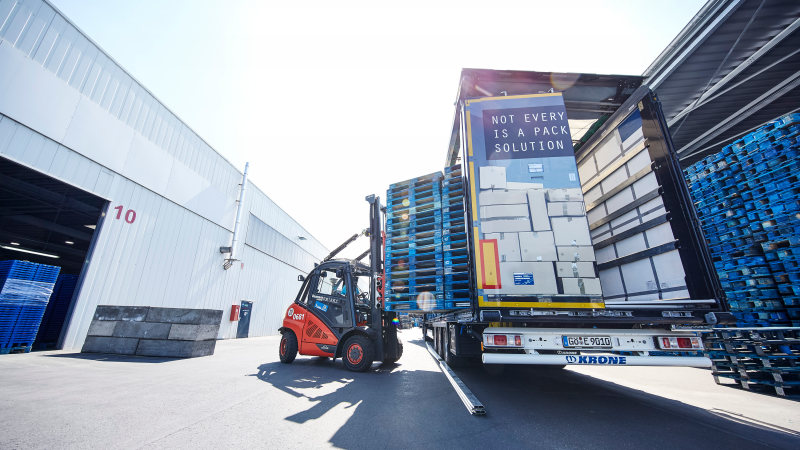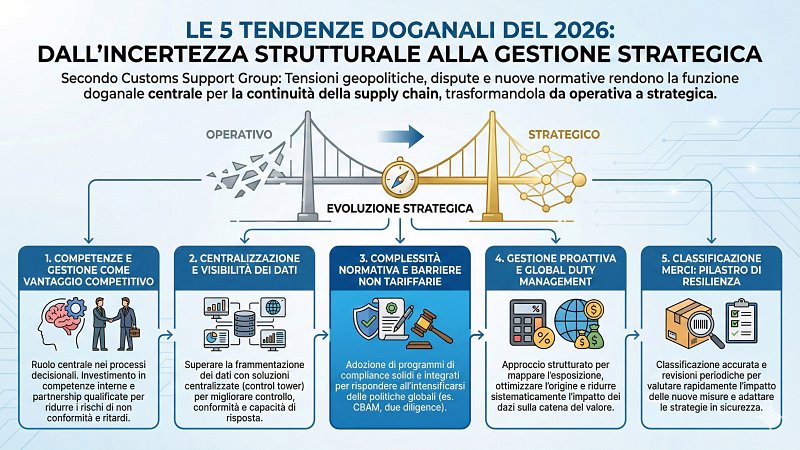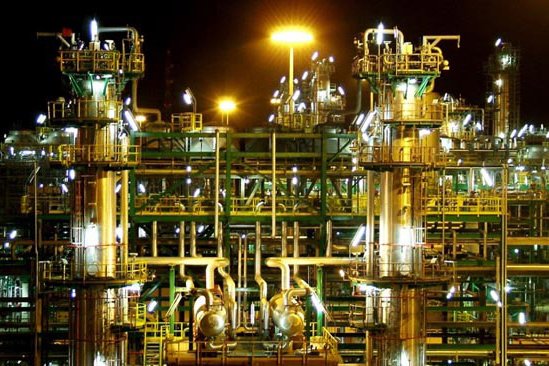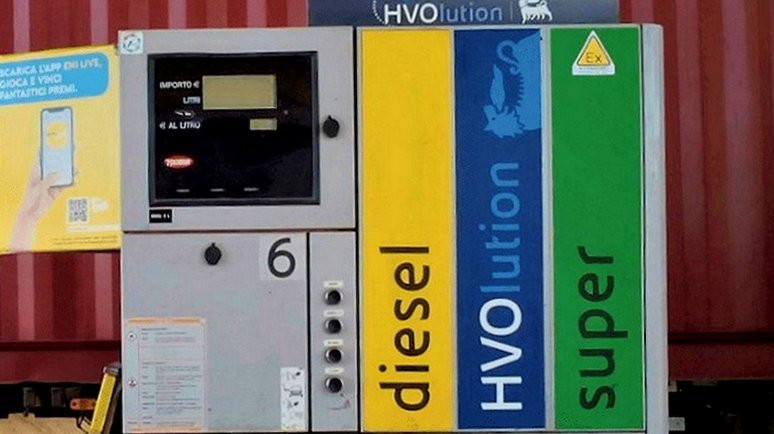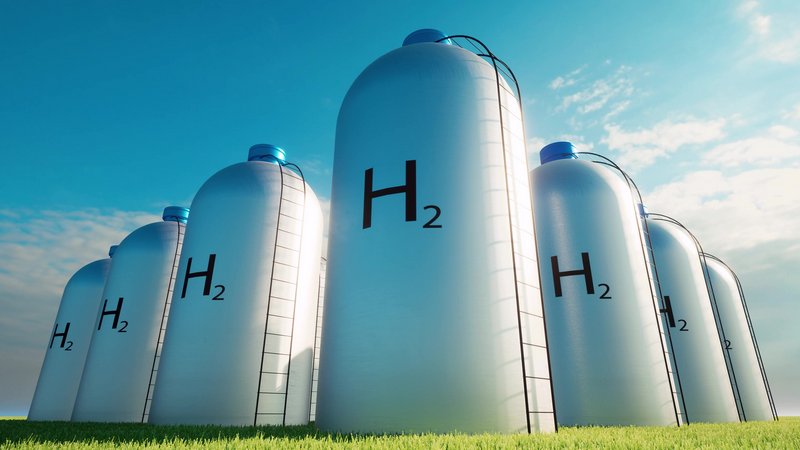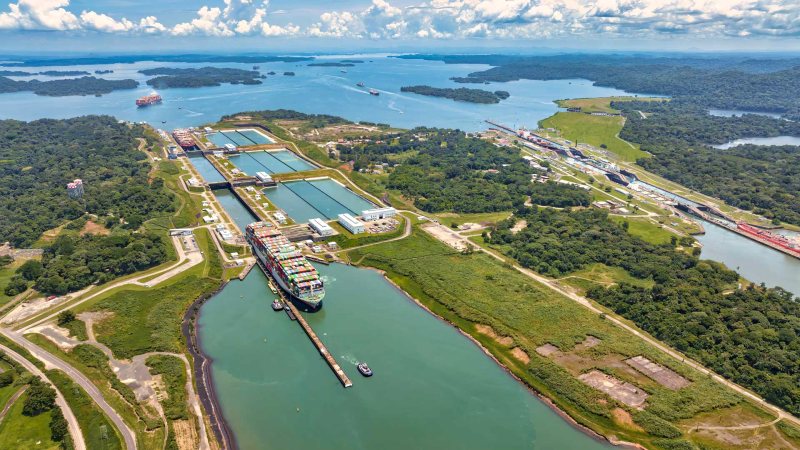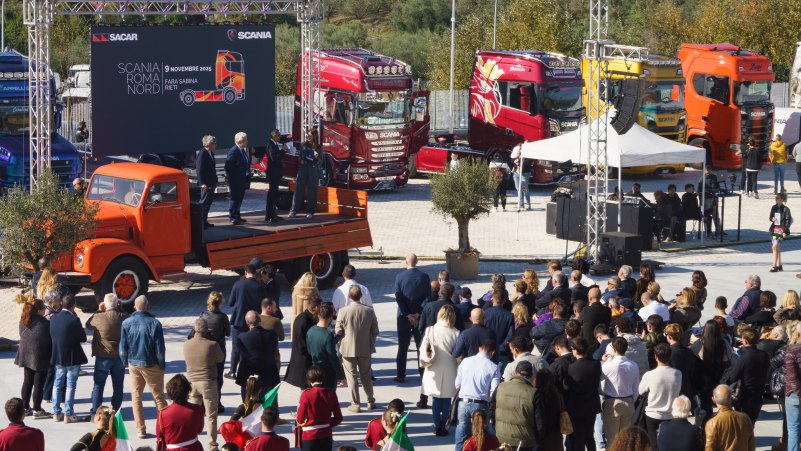During the first half of 2024, freight transport between Asia and Europe through the Middle Corridor—bypassing Russia—experienced a significant increase compared to the previous year. Kassym Tlepov, Vice President of the Railway and Water Transport Committee of Kazakhstan's Ministry of Transport, told local media in August that the volume of goods passing through the Trans-Caspian International Transport Route (TITR) in the first seven months of 2024 reached 2.5 million tons, marking a 63% jump from the previous year. Notably, shipments from China alone saw a fourteen-fold increase.
In anticipation of further traffic growth (with Chinese trade increasing by 35% in the first four months), Kazakhstan is enhancing its maritime infrastructure, expanding the container terminal at the port of Aktau and constructing four additional terminals at the port of Kuryk. The goal is to triple container handling capacity while reducing ship processing and customs clearance times by at least 1.5 times.
The import of goods from Europe into Kazakhstan is also on the rise, attracting investments from Western logistics multinationals such as CMA CGM and Rhenus. Among the key projects is the construction of a 9.4-million-ton annual capacity intermodal terminal in Sarzha, requiring a $200 million investment. On the customs front, Kazakhstan is establishing a 24/7 single-window system.
In terms of rail transport, 404 kilometers of track are under construction in Kazakhstan. For maritime transport, the country is building two container ships, three ro-ro vessels, and three tankers. Additionally, Kazakhstan is investing in inland navigation, particularly focusing on the Yessil River to create a corridor with Russia and China.
Regarding rail transport between China and Europe, volumes increased by 84% in the first seven months, surpassing 1.6 million tons. Along the Middle Corridor, 105 block trains traveled, according to Azerbaijan Railways. This country is also upgrading and modernizing its rail network, with the Baku-Tbilisi-Kars line increasing its capacity from one to five million tons since May 2024. Moreover, by the end of the year, the transshipment capacity at the Astara terminal will increase to one million tons.
In a report on the Middle Corridor released in November 2023, The World Bank forecasts that by 2030, the volume of goods could triple, reaching 11 million tons, though most of this growth will be driven by regional trade rather than intercontinental trade.
Projections indicate that the Middle Corridor, if properly developed, could see particularly strong freight traffic growth between Europe and Kazakhstan, as well as between Europe and China. Nevertheless, the corridor's role in intercontinental trade will remain relatively limited, representing only a small fraction of total trade between the European Union and China.
Diversification of transported goods will be another key element of this growth. Currently, raw materials such as oil and metals make up over 60% of the goods moved along the corridor. However, with the full operation of the Middle Corridor, this percentage is expected to drop to 53%, with a significant increase in the transport of higher-value-added goods such as fertilizers, machinery, chemicals, and metal products. Specifically, the volume of containers transported along the corridor is expected to grow by 1.5 times by 2030.
The World Bank report highlights that while growth potential is considerable, the Middle Corridor faces numerous challenges in realizing these projections. The lack of adequate infrastructure, ineffective coordination among various corridor operators, and digitalization issues are just a few of the critical challenges that could limit the anticipated growth. However, with targeted investments and efficient corridor management, it is possible not only to triple transport volumes but also to halve travel times by 2030.


